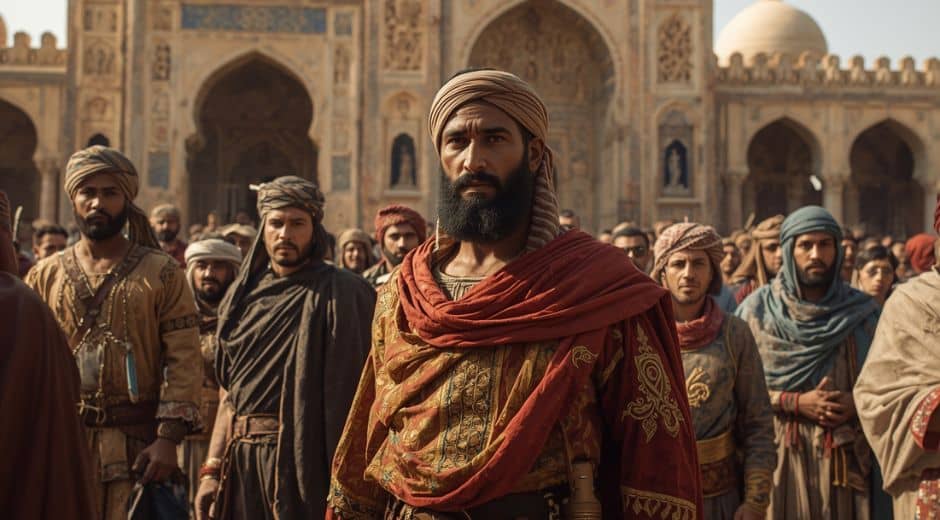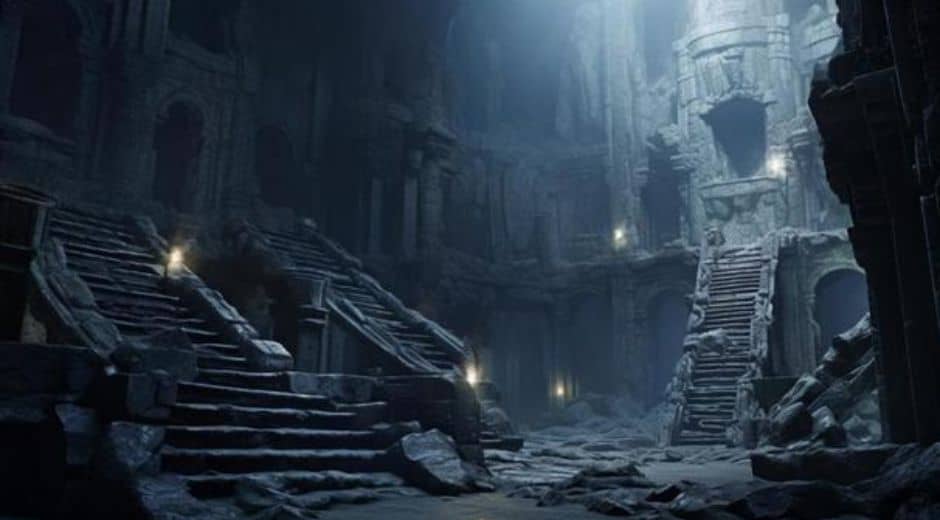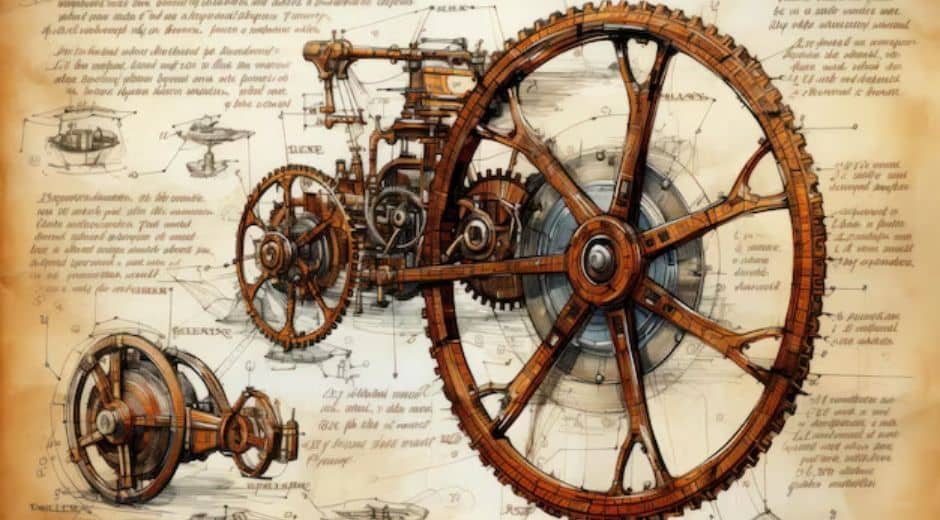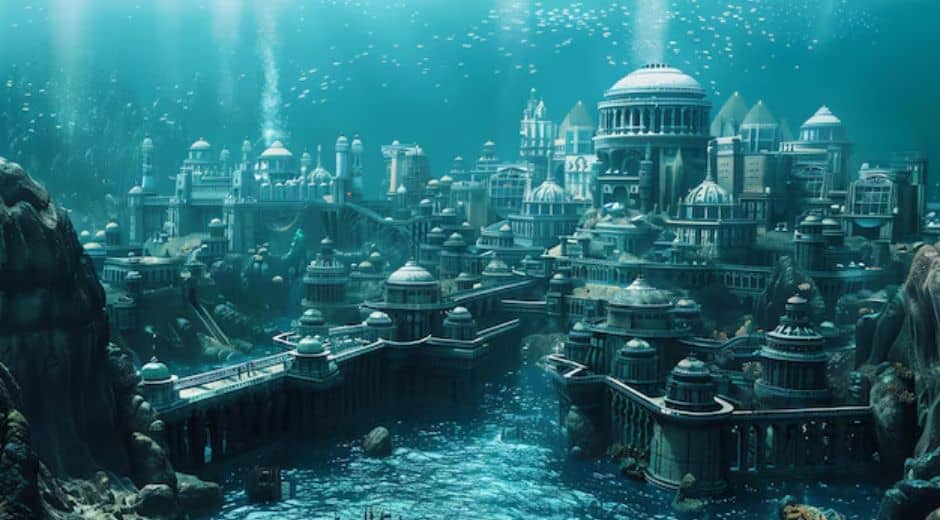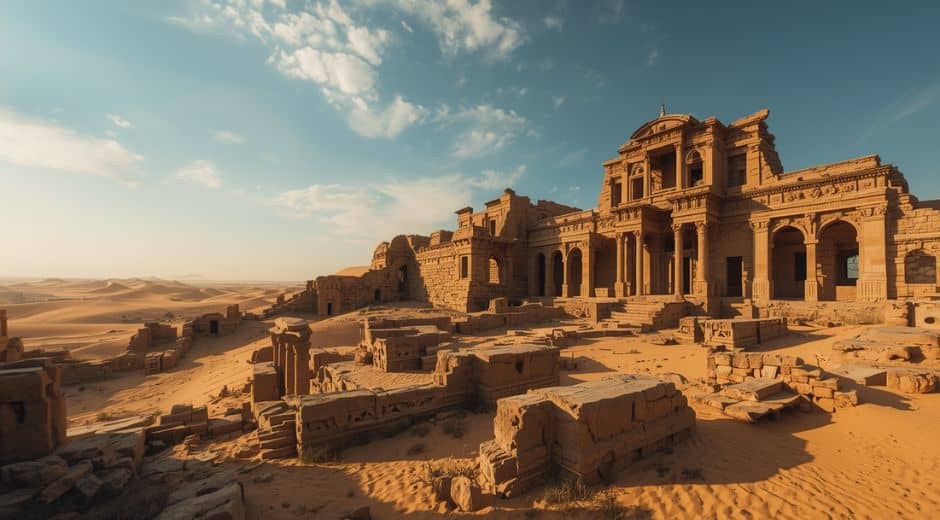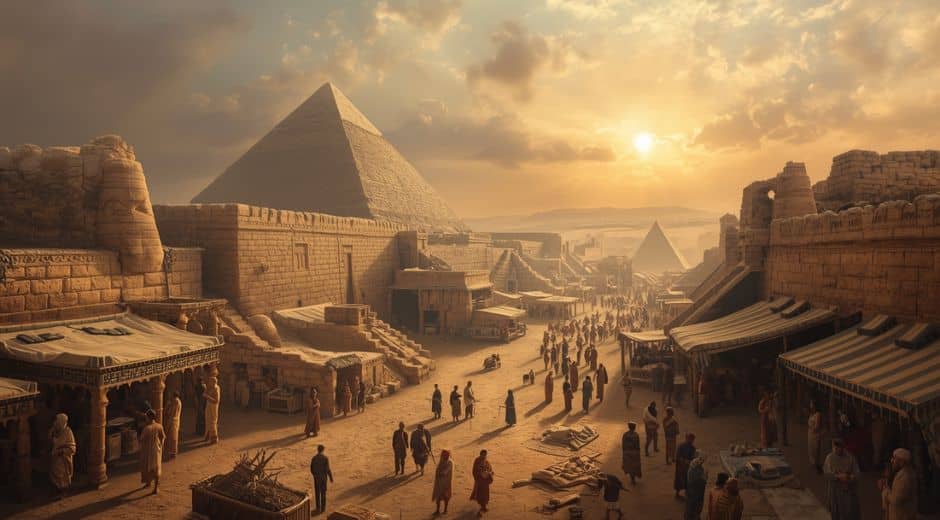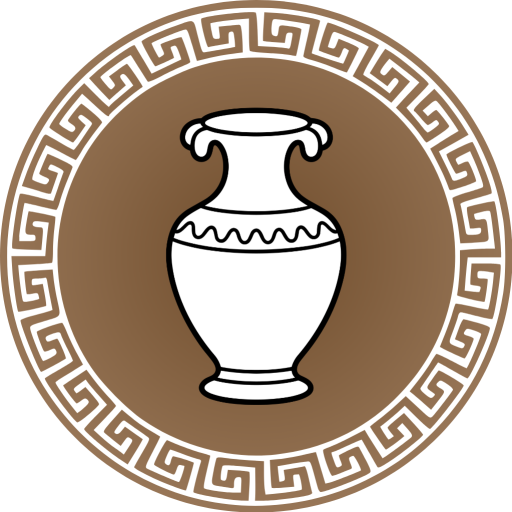Persia: The Empire That Shaped the Ancient World
Long before Rome or Greece reached their peaks, Persia was already a symbol of greatness. Known for its vast empire, refined culture, and tolerance toward conquered peoples, they stood as a model of political vision and human achievement. Its influence still defines much of what we know about governance, architecture, and civilization itself.
The Birth of a Great Empire
The origins of Persia trace back to the 6th century BCE under Cyrus the Great, founder of the Achaemenid Empire. His leadership united fragmented tribes into one of the largest empires in history. What made Persia exceptional was not only its conquests but also its approach to rule. Cyrus is remembered for establishing one of the earliest charters of human rights, allowing religious freedom and respect for local customs.
This balance of strength and wisdom became the hallmark of Persia’s reign. From Egypt to India, its influence spread through diplomacy, administration, and innovation.
The Royal Road and Communication
Among Persia’s many achievements, the construction of the Royal Road stands out. This vast network of highways connected distant provinces, allowing efficient trade, communication, and military movement. Couriers could travel hundreds of kilometers a day, carrying royal messages between cities like Susa and Sardis.
This infrastructure helped unify a culturally diverse empire and ensured that the king’s authority reached every corner of his domain. The concept of a centralized communication system, born in Persia, would later inspire modern administrative states.
For a deeper dive into this innovation, visit World History Encyclopedia, where experts explain how Persia’s engineering and governance shaped later civilizations.
The Power of Culture and Religion
Was not just an empire of might but of meaning. The Zoroastrian faith, with its dualistic view of good and evil, influenced future religions including Judaism, Christianity, and Islam. Temples of fire, symbolizing purity and truth, stood as centers of worship and reflection.
Art flourished as well.
They’re palaces, carved reliefs, and luxurious textiles showcased sophistication and harmony. The ruins of Persepolis remain one of the most stunning testaments to this ancient world — an embodiment of royal grandeur and architectural genius.
The Great Kings
Cyrus’s successors, Darius I and Xerxes, expanded to its greatest extent. Darius introduced a complex administrative system, dividing the empire into satrapies governed by local rulers loyal to the king. This allowed to manage its vast territories efficiently, blending control with autonomy.
Under Xerxes, reached both glory and challenge. His invasion of Greece, though ambitious, revealed the empire’s limits. The wars with the Greeks showcased the clash of two civilizations — one favoring order and unity, the other individualism and democracy.
The Art of Leadership
What made Persia truly enduring was its model of leadership. The Persian kings saw themselves as guardians rather than oppressors, fostering loyalty through respect and stability. This idea of benevolent rule resonated throughout history, influencing how later leaders viewed empire-building.
At Chronostual, we explore how empires like Persia laid the groundwork for concepts of fairness and governance still discussed in today’s world.
The Fall and Transformation
No empire lasts forever. Internal strife, heavy taxation, and external attacks eventually weakened Persia. When Alexander the Great invaded in 330 BCE, he admired the Persian system so deeply that he adopted many of its customs and administrative methods.
Even in defeat, they’re legacy endured. The Parthians and Sasanians revived Persian culture centuries later, ensuring its spirit never faded.
Influence Beyond Borders
The impact of them reached far beyond its own territory. Its art influenced Islamic architecture, its governance inspired monarchies, and its philosophical traditions shaped the moral outlook of the East. The echoes of Persia live on in the words of poets, the designs of palaces, and the structure of governments.
For additional historical parallels between them and later empires, explore TasteFlavorBook, which compares how ancient administration continues to influence modern political systems.
Conclusion
Persia was more than an empire — it was a blueprint for civilization. Its commitment to justice, order, and culture redefined what power could mean. The ruins of Persepolis are not just relics but reminders of human potential when ambition meets wisdom.
In studying Persia, we rediscover the art of leadership and the foundations of unity that continue to guide societies even today.
History Insight Legacy
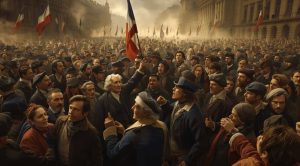
The French Revolution: When the People Rose
The French Revolution ignited a new era of freedom, equality, and human rights, transforming society and inspiring movements that shaped the modern world.

Leonardo da Vinci: Genius Beyond Time
Leonardo da Vinci, the ultimate Renaissance mind, merged art, science, and imagination to redefine creativity and human potential across centuries.

The Black Death: Hidden Impact Behind the Plague
The Black Death reshaped medieval Europe in ways beyond devastation, triggering hidden social, cultural, and economic transformations that redefined civilization.
